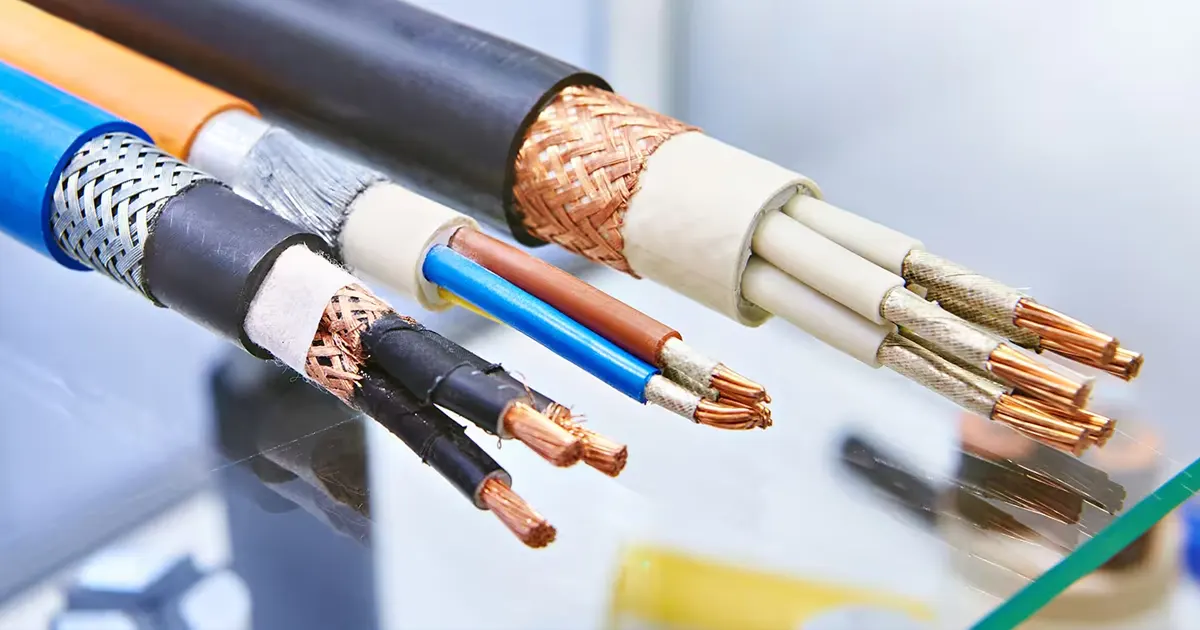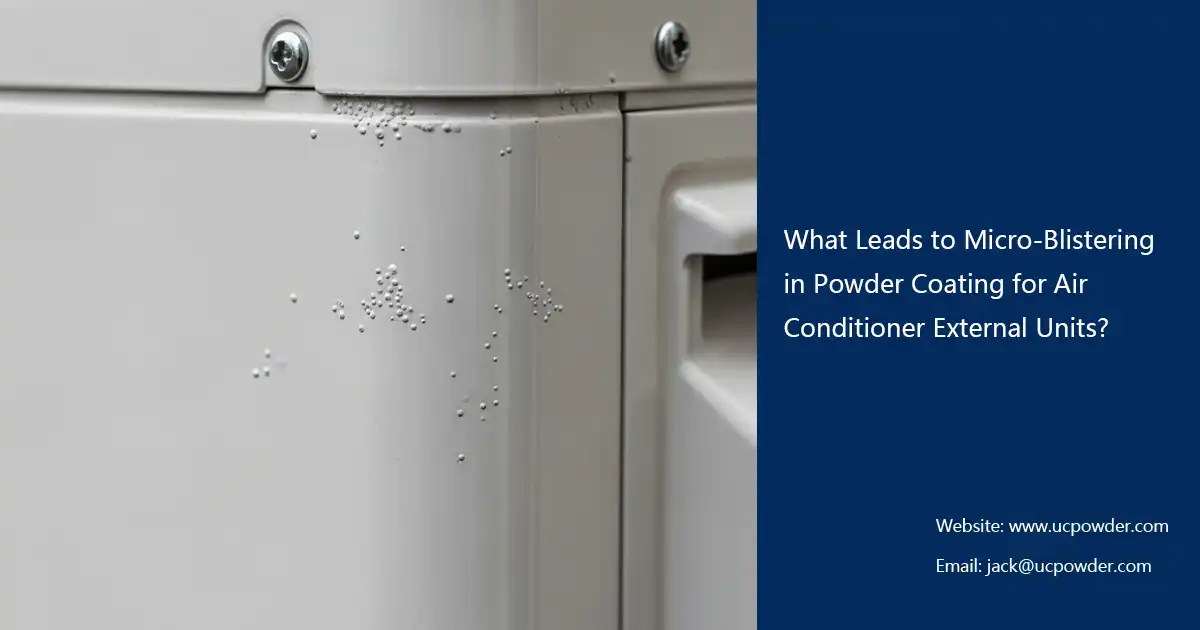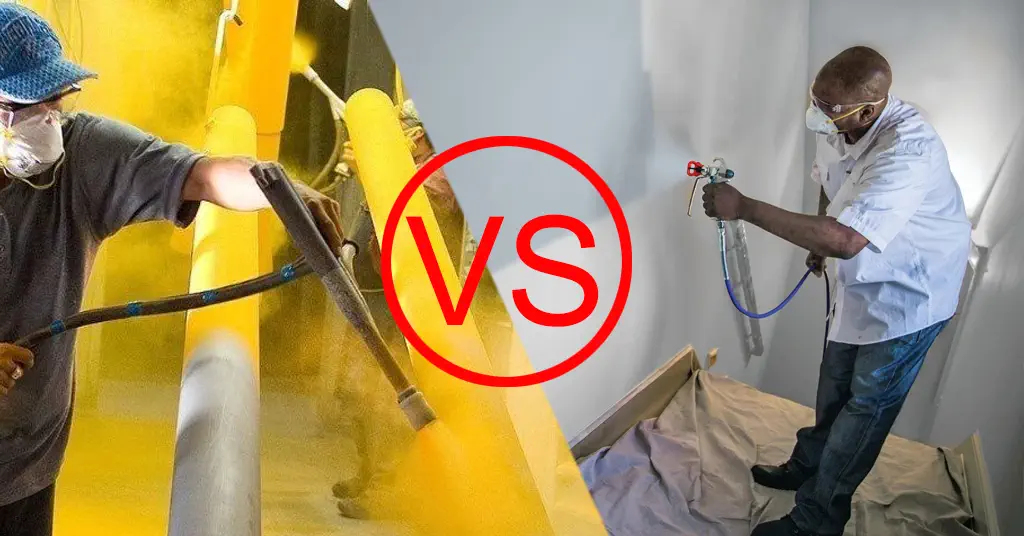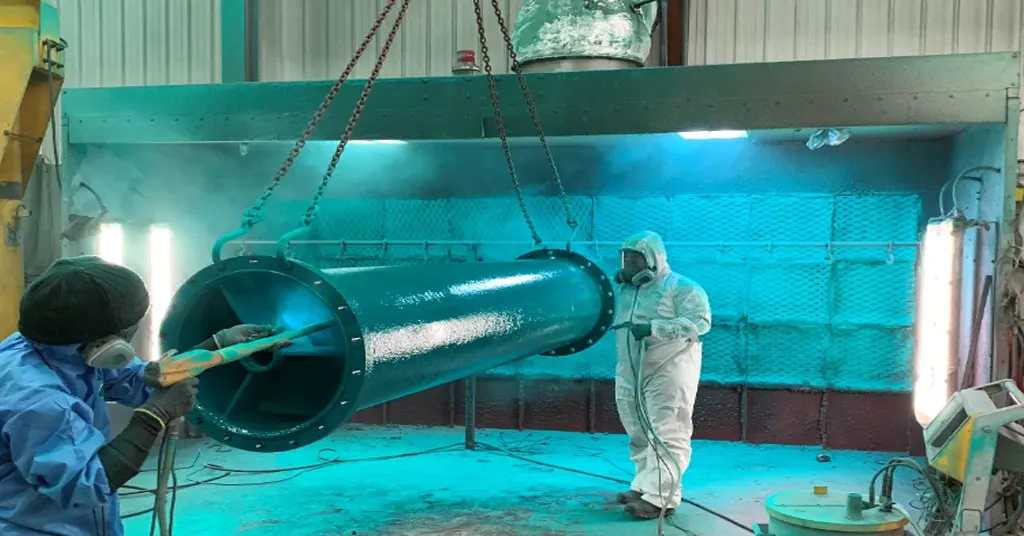What Leads to Micro-Blistering in Powder Coating for Air Conditioner External Units?
Micro-blistering in powder coating for air conditioner external units is a common issue that impacts product quality, corrosionresistance, and aesthetics. As a leading powder coating manufacturer, We have thoroughly researched the causes of micro-blistering and offers practical, targeted solutions for HVAC manufacturers, coating applicators, and quality control teams. This article provides an in-depth analysis of micro-blistering causes and actionable process optimization strategies to ensure your air conditioner external units achieve a durable, high-quality finish.
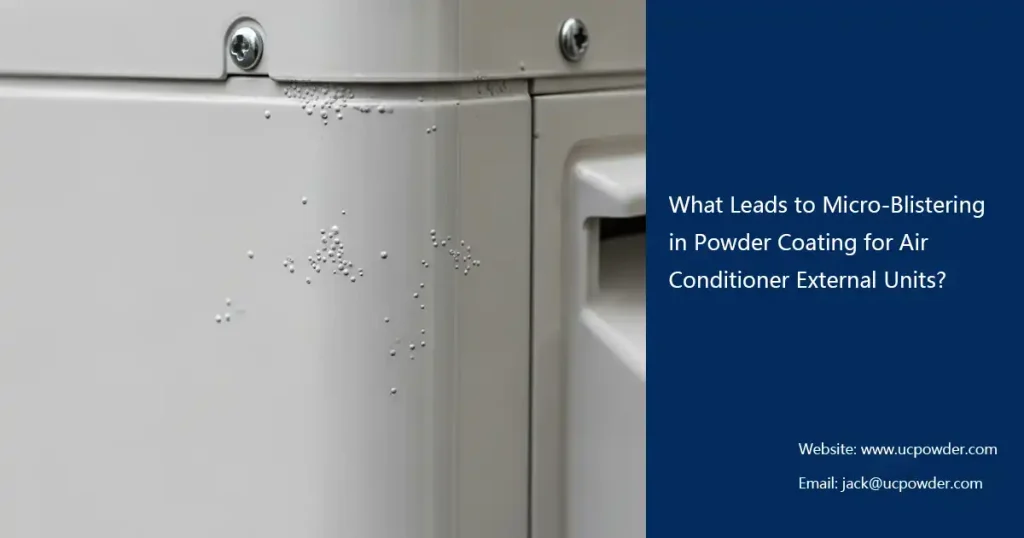
Causes of Micro-Blistering in Powder Coating
Micro-blistering appears as tiny bubbles, pinholes, or raised areas on the coating surface, often visible under a microscope, compromising the weatherability and corrosion resistance of air conditioner external units. Below are the detailed causes:
Substrate Surface Issues
- Oil or Contaminants: Residual grease, cutting fluids, or fingerprints on metal surfaces (typically aluminum or galvanized steel) hinder powder coating adhesion, trapping gases during curing and forming blisters.
- Moisture Residue: Incomplete drying of the substrate causes moisture to evaporate during high-temperature curing, creating bubbles.
- Oxidation or Rust: Untreated oxides or minor rust disrupt the bond between the coating and substrate, leading to blistering.
- Improper Surface Roughness: Overly smooth or excessively rough surfaces can cause uneven coating adhesion.
Powder Coating Formulation Issues
- Volatile Substances: Residual solvents, additives, or low-molecular-weight components in the coating volatilize during curing, forming bubbles.
- Imbalanced Curing Agents: Incorrect ratios of polyester or epoxy resins to curing agents (e.g., TGIC or HAA) can lead to incomplete curing or overly rapid reactions, generating internal gases.
- Filler Quality: Low-quality fillers or pigments containing moisture or volatile impurities increase blistering risks.
- Unsuitable for Outdoor Use: Some powder coatings are not optimized for outdoor conditions like high temperatures, humidity, or salt spray, leading to defects in air conditioner applications.


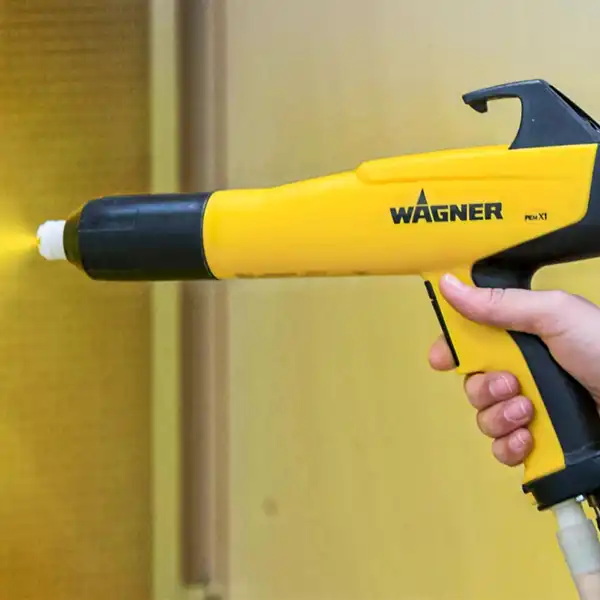

Coating Process Issues
- Excessive Coating Thickness: Thickness beyond the recommended 60-80 microns traps internal gases during curing, causing blisters.
- Improper Curing Temperature: Too High: Temperatures above 200°C accelerate gas release, forming bubbles. Too Low: Temperatures below 180°C result in incomplete curing, leaving internal stresses.
- Insufficient Curing Time: Curing times shorter than 15 minutes prevent complete cross-linking, increasing blistering risks.
- Electrostatic Spray Issues: High spray gun voltage or improper spray distance leads to uneven powder distribution, causing localized over- or under-coating.
Environmental Factors
- High Humidity: Relative humidity above 50% in the coating booth allows moisture absorption into the substrate or powder, forming blisters during curing.
- Air Contamination: Dust, oil mist, or chemical pollutants in the coating environment contaminate the surface, causing defects.
- Substrate Temperature: Substrates that are too hot or too cold before coating affect powder adhesion and leveling, increasing blistering risks.
Other Potential Causes
- Substrate Material Variations: Air conditioner external units often use aluminum, galvanized steel, or stainless steel, with differing thermal expansion coefficients and surface properties affecting coating performance.
- Aging Equipment: Clogged spray guns, uneven oven temperatures, or contaminated powder recovery systems lead to coating defects.
- Operator Skill: Untrained operators failing to adhere to process parameters result in inconsistent coating application.
Practical Solutions for Micro-Blistering in Air Conditioner External Units Powder Coating
Enhance Substrate Pre-Treatment
Thorough surface preparation is critical to prevent blistering:
- Deep Cleaning: Use alkaline degreasers (e.g., trisodium phosphate solution, pH 10-12) with high-pressure spray or ultrasonic cleaning to remove oil and contaminants.
- Phosphating or Chromating: For aluminum substrates, apply chromate or chromium-free zirconium-based conversion coatings to enhance adhesion and corrosion resistance. For galvanized steel, use zinc-based phosphating to form a uniform phosphate crystal layer.
- Drying Control: Use an infrared drying oven (80-100°C, 5-10 minutes) to ensure complete substrate dryness, verified by the “water break” test (water film breaks rapidly, indicating a clean surface).
- Surface Roughness: Control surface roughness to Ra 0.8-1.2 microns via sandblasting or chemical etching for improved mechanical adhesion.
Select Outdoor-Optimized Powder Coatings
Choosing coatings designed for outdoor environments reduces blistering risks:
- Our [Product Series Name] polyester powder coatings are engineered for outdoor use, meeting ISO 12944 C4/C5 corrosion standards and offering over 10 years of weatherability.
- Low-volatile formulations (volatile content <0.5%) minimize gas release during curing.
- Optimized with HAA (β-hydroxyalkylamide) curing agents for high-humidity environments, ensuring complete curing.
- We provide sample testing to verify compatibility with your substrate and process, meeting ASTM D714 (blister grading) and ASTM B117 (salt spray) standards.
Optimize Coating Process Parameters
Precise process control minimizes blistering:
- Coating Thickness: Use a film thickness gauge (e.g., Elcometer 456) to maintain 60-80 microns with ±10-micron tolerance, applying in layers (30-40 microns each) to avoid excess thickness.
- Curing Parameters: Set oven temperatures to 190°C±5°C for 15-20 minutes, per the coating’s technical data sheet (TDS). Verify substrate peak metal temperature (PMT) with an infrared thermometer.
- Electrostatic Spray: Adjust spray gun voltage to 60-80 kV, maintain a 15-25 cm spray distance, and use automated systems (e.g., Nordson or Gema) for uniform powder distribution.
- Leveling Control: Allow 3-5 minutes of leveling time before curing to prevent gas entrapment due to rapid surface hardening.
Control Coating Environment
A stable environment prevents external interference:
- Humidity Management: Use industrial dehumidifiers to keep booth humidity at 40-50%, monitored with a hygrometer (e.g., Testo 605i).
- Air Purification: Install HEPA filtration systems to maintain ISO 14644-1 Class 8 cleanliness, and regularly replace recovery system filters to prevent powder contamination.
- Substrate Temperature: Ensure substrate temperature is 25-35°C before coating to avoid adhesion issues.
Equipment Maintenance and Operator Training
- Maintenance: Clean spray gun nozzles and powder delivery lines monthly to prevent clogs or cross-contamination. Calibrate ovens with thermocouples to ensure temperature uniformity (±5°C).
- Training: Provide operator training on substrate preparation, spray techniques, and quality checks, with process parameter logging for traceability.
Long-Term Prevention Strategies
- Standard Operating Procedures (SOPs): Develop comprehensive SOPs covering substrate preparation, coating, and curing processes.
- Quality Testing: Use optical microscopes (50-100x magnification) to inspect coatings, with ASTM D3359 cross-hatch adhesion tests and salt spray tests for quality assurance.
- Data Analysis: Log process parameters and defect rates, using statistical process control (SPC) to optimize stability.
- Continuous Improvement: Partner with us for regular updates on coating formulations and process recommendations.
Ready to eliminate micro-blistering in your air conditioner external unit coatings? We provides high-quality powder coatings and expert guidance. Contact us at jack@ucpowder.com to learn more about our products and services. Let us help you achieve a flawless, durable finish for your HVAC units!
FAQs
The substrate material, such as aluminum, galvanized steel, or stainless steel used in air conditioner external units, significantly impacts micro-blistering. Differences in thermal expansion coefficients and surface properties can cause uneven coating adhesion, leading to blisters during curing. For example, aluminum requires zirconium-based pre-treatment, while galvanized steel benefits from zinc phosphating to enhance adhesion and prevent gas entrapment. Choosing a powder coating tailored to your substrate, like ucpowder’s polyester coatings, ensures compatibility and minimizes defects. Contact us at jack@ucpowder.com to discuss substrate-specific solutions.
Yes, regional environmental conditions, such as high humidity, coastal salt exposure, or extreme temperatures, can exacerbate micro-blistering in powder coating for air conditioner external units. High humidity (>50%) introduces moisture into the coating process, while salt spray accelerates corrosion, increasing blister risks. Our polyester powder coatings are formulated for harsh outdoor environments, meeting ISO 12944 C5 standards for corrosion resistance. We offer testing and customized formulations to suit your region’s conditions. Visit ucpowder.com to learn more and request a consultation.
A poorly maintained powder coating recovery system can introduce contaminants like dust or old powder into the coating process, leading to micro-blistering in air conditioner external units. Clogged filters or cross-contamination in recovery systems can deposit impurities on the substrate, causing defects. Regular maintenance, such as monthly filter replacements and cleaning of recovery lines, ensures clean powder application. Pair this with our’s low-volatile polyester coatings for optimal results. Contact us at jack@ucpowder.com expert guidance on equipment maintenance and coating solutions.
Have Anything To Ask Us?

